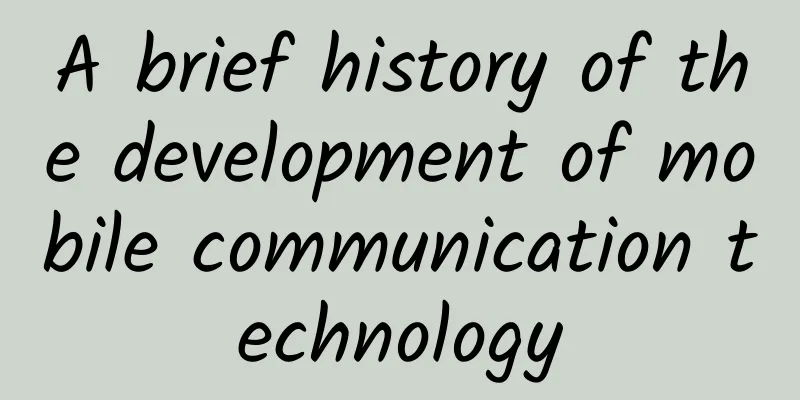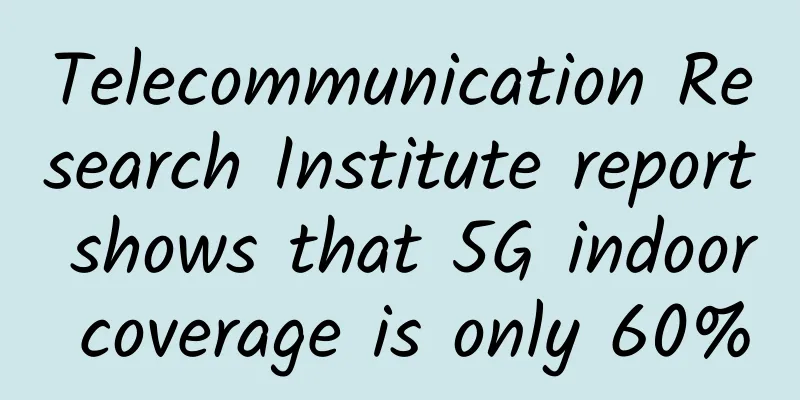The Internet of Things is not new, but why is it important?

|
The Internet of Things (IoT) is a term that is being discussed by all commentators related to the electronics industry these days, but there is often no clear definition of what the IoT is. However, IoT is not a new technology and many companies have been working in this field for more than 15 years without actually seeing it as something exciting. In the last two years, the “Internet of Things” has begun to be defined as consumer demands, technological advances, and market trends have converged to create a truly “new” opportunity to connect every aspect of our lives. Even within the electronics manufacturing industry, the terms IoT and connectivity are often confused. The misconception within the industry is that the IoT is a new market. This is not the case. In fact, the IoT is a technology that can be leveraged to help identify new ways to add value to existing markets. The technology has made some advances, especially in software, to enable data analysis and real-time decision making, which are the foundation of today's IoT.
Connecting a product to the internet does not mean you are creating an IoT product. However, if you use that connectivity to reduce operating costs and/or create new revenue streams, or enable the provision of new services, then it does qualify as an IoT product. A key question any design engineer needs to ask is: Does the customer simply care about connectivity in the end product, or is the customer going to use connectivity to make actionable decisions or change business models? If product development is not viewed through this lens, then why is the investment being made? The next step is to determine what the design needs to accommodate, beyond connectivity, to ensure the operational benefits can be fully realized by the customer’s business. A careful analysis reveals that the core of the IoT ecosystem is actually quite simple, consisting of four basic elements: products, connectivity layer, application layer, and cloud.
The life sciences market has clearly begun to adopt the Internet of Things for model product development, and the proliferation of medical and fitness devices is taking advantage of connectivity to transmit data to the cloud. This data (if it is medically related) will be interpreted to help patients make more informed decisions on health issues and guide them to take appropriate actions. Simple fitness tracker data often determines and influences the user's lifestyle. In the industrial/commercial sector, IoT technology is used to track and monitor equipment, reduce downtime, and save money. IoT is mainly used for remote data transmission, field updates, synchronization and collaboration, asset tracking and facility management, and preventive maintenance. However, the information security requirements in these areas mean that data leakage must be effectively prevented when using IoT technology. Overall, IoT is a very attractive new approach for companies that want to innovate in their service model or offer a new service model (such as moving from equipment supplier to performance pay model or leasing model). Real-time monitoring capabilities can be a game changer for certain industries, especially those involving insurance, liability or leasing. The key to success is that design engineers must fully understand the customer's IoT needs before converting a product from one model to another. Despite the fuzziness of its definition, the Internet of Things still takes many forms. For now, product designers and manufacturers must ensure that they are leveraging this technology to deliver the best benefits to their customers, while also making their customers aware of the cost savings and business model changes that a true Internet of Things can bring. |
<<: Net neutrality dies at 2 years old
>>: What is the Internet? — Talking about the development of the Internet
Recommend
Soul's three major synchronization strategies for configuring cache for high-availability gateways
Preface The gateway is the entrance for traffic r...
There is no problem in reaching 56% 5G penetration rate in the 14th Five-Year Plan
Zhang Yunyong, member of the National Committee o...
10gbiz: VPS 40% off, starting at $3.58 per month, CN2 GIA line, unlimited traffic in Los Angeles data center
10gbiz sent a blog reader exclusive discount code...
Higher bandwidth, faster bandwidth... Wi-Fi 6 is so "6", why not change your router soon?
I'm afraid everyone is familiar with Wi-Fi, a...
BandwagonHost CN2 GIA Limited Package starts from $35.4/year, 768MB/15G SSD/[email protected]/Los Angeles Data Center
Bandwagonhost has launched a new annual VPS packa...
ITU releases draft specification, a big step forward in 5G standardization
According to foreign media reports, despite the o...
IT Viewpoint: Five major network challenges for 2019
Frank Scalzo, network director at data center ope...
What will the communications network look like in 2030?
[[426987]] This article is reprinted from the WeC...
AI+IoT developer ecosystem will be popular, Tuya Smart's six SaaS service platforms empower enterprises
[51CTO.com original article] It is more appropria...
Unveiling the mystery of MPLS, do you know all this?
Before formally learning MPLS, let us review the ...
The launching ceremony of the 4th "Zhanhua Cup" 5G Application Collection Competition-Fujian Regional Competition and the Information and Communication Development Research Forum were successfully held in Xiamen
[[406599]] From left to right: Ye Kai, Song Zifu,...
Limited edition package replenishment for BandwagonHost $46.6/year, CN2 GIA (DC6/DC9)/Japan SoftBank optional
Bandwagonhost has just restocked a limited editio...
Message bus for communication between processes
[[381755]] 1. Inter-process communication (IPC) in...
Six key trends in network management
We live in an era of rapid development of IT tech...
HostYun: VPS in the United States/UK/Russia/Korea/Hong Kong starting at 16 yuan per month, with CN2/AS9929/large bandwidth/high defense and other features available
HostYun is an old niche personalized IDC founded ...









